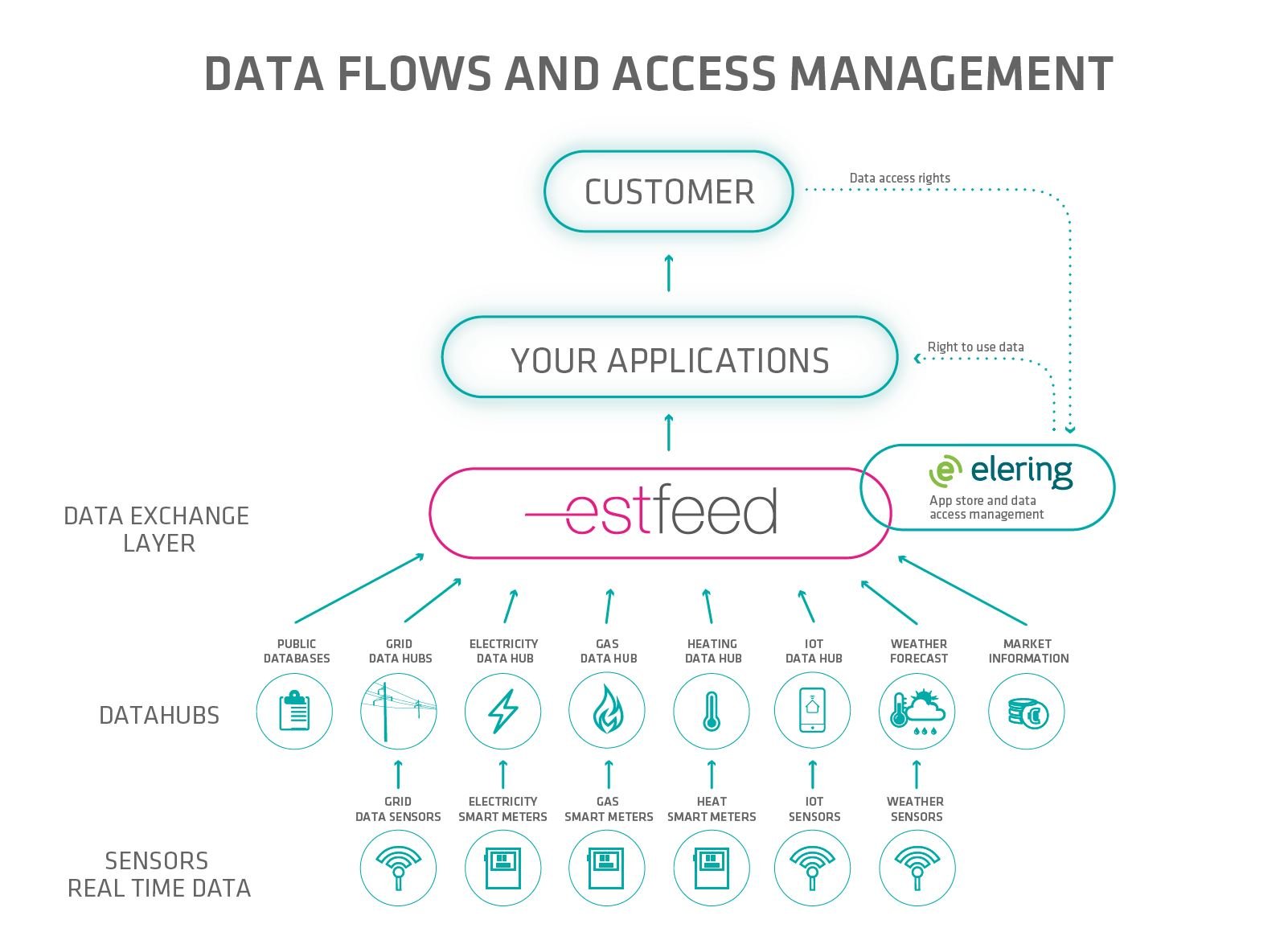In September 2020, cross-border interoperability between Estonia and Finland took another step further with the launch of automated data exchange between the countries’ national population registers. With the support of X-Road, the solution replaces the previous batch data processing and improves information accuracy and security.
Automating the exchange of population data is the third cross-border interoperability link in place between Estonia and Finland, after connecting the countries’ business registers and tax boards in 2019.
Together with Timo Salovaara, Deputy Director General at the Finnish Digital Agency (DVV), we outline the main features of the cooperation and solution at hand.
BACKGROUND AND INSTITUTIONAL FRAMEWORK
The exchange of population data between Finland and Estonia dates back to the signing of a collaboration agreement between the countries’ population register authorities in 2005. The document provided a framework for the exchange of details of citizens living in the other country, when and where necessary. Relevant subjects cover the following:
1) Deaths
2) Name changes
3) Changes of address
4) Information on their dependent children.
The collaboration created a framework that has enabled batch-based data exchange between Finland and Estonia for almost 15 years, with data being requested and provided on average once a year.
The increasing digitalization of the Finnish population register, and the national data exchange layer, have now led to a partial institutional overlap. Automating the existing collaboration seemed, logically, the next step. “The DVV is the owner of the population register in Finland and, since 2014, we also own the national X-Road infrastructure – the Suomi.fi Data Exchange Layer,” Salovaara explains. “So, with the existing data exchange framework that we have in place with Estonia, these two things meet here,” he observes.
The technical foundation for cross-border interoperability between Estonia and Finland was established in 2018 with the federation of the two countries’ national X-Road. While connecting the national ecosystems paved the way for an array of technical possibilities, their development and implementation have been dependent on resolving legal intricacies. “Despite this, we decided to use X-Road to update the information exchange system from 2005, as we already had the legal framework in place,” Salovaara states.
NEEDS AND CHALLENGES
Data exchange automation responds to the need for greater data accuracy and a decreased manual workload – all while maintaining and improving underlying security.
“Previously, we had a facility that allowed uploading a file into a system, which could be accessed by the Estonian Ministry of Interior,” Salovaara says about the process in place since 2005. “Our Estonian colleagues could log into the service, access the file prepared by us and then update their records in the population register based on that. While all of this was secure and audited, it was not as practical and required a lot of effort.
The new automated solution secures the data exchange, ensuring improved maintenance of the entire system at the same time.
“For example, we have a similar arrangement with the Nordic countries concerning population data exchange,” Salovaara brings forth. “But we are using legacy systems from the beginning of the century. When updating information security protocols, we need to wait until the last country is ready to make the updates before completing the process,” he continues. With a standardized interoperability solution, such as X-Road, the system updates are conducted faster and more securely.
Besides the legal boundaries set by the original collaboration agreement from 2005, the technical implementation of the solution did not see any significant challenges. “We can say that technology is no longer the barrier, especially in this case where both parties already had experience with X-Road infrastructure,” Salovaara observes. “This means we can focus more on the substance and needs of the specific use case, as well as the legal details surrounding new types of data exchange,” he says.
THE SOLUTION
X-Road has now automated the data transfer between the population registers of Estonia and Finland, improving information accuracy and timeliness as well as increasing the efficiency and security of the data exchange process.
The solution breathes new life into this long-standing collaboration. Population authorities can now easily access up-to-date information on their citizens whenever necessary; e.g. when preparing for national elections. While the legal framework established by the 2005 agreement currently limits the type of information that can be mutually accessed, the solution is a significant stepping stone to expanding the scope of data exchange in the future.
Further negotiations are ongoing between Estonia and Finland, but a similar technical solution between population registers also has significant potential beyond the Baltic Sea region. With the free movement of people in Europe, there would, for example, be a need to standardize data exchange between EU member states.
“Currently, if someone moves to Finland, we verify their identity by using their passport and verify their family relations with legalized paper certificates given by the authorities of their country of origin,” Salovaara explains, bringing up a typical case. “But requesting and providing these documents takes time – from both the public authorities and the citizens – and at least theoretically, the risk of forged paper documents remains. To have the most accurate data at all times, this information could be requested directly from other countries’ population registers. If these kinds of arrangements can be made, facilities like the X-Road would be very useful in the technical implementation of the data exchange!”
Automating data transfer between the population registers of Estonia and Finland serves as another example of how X-Road can simplify and enhance international collaboration, for both citizens and the state.

